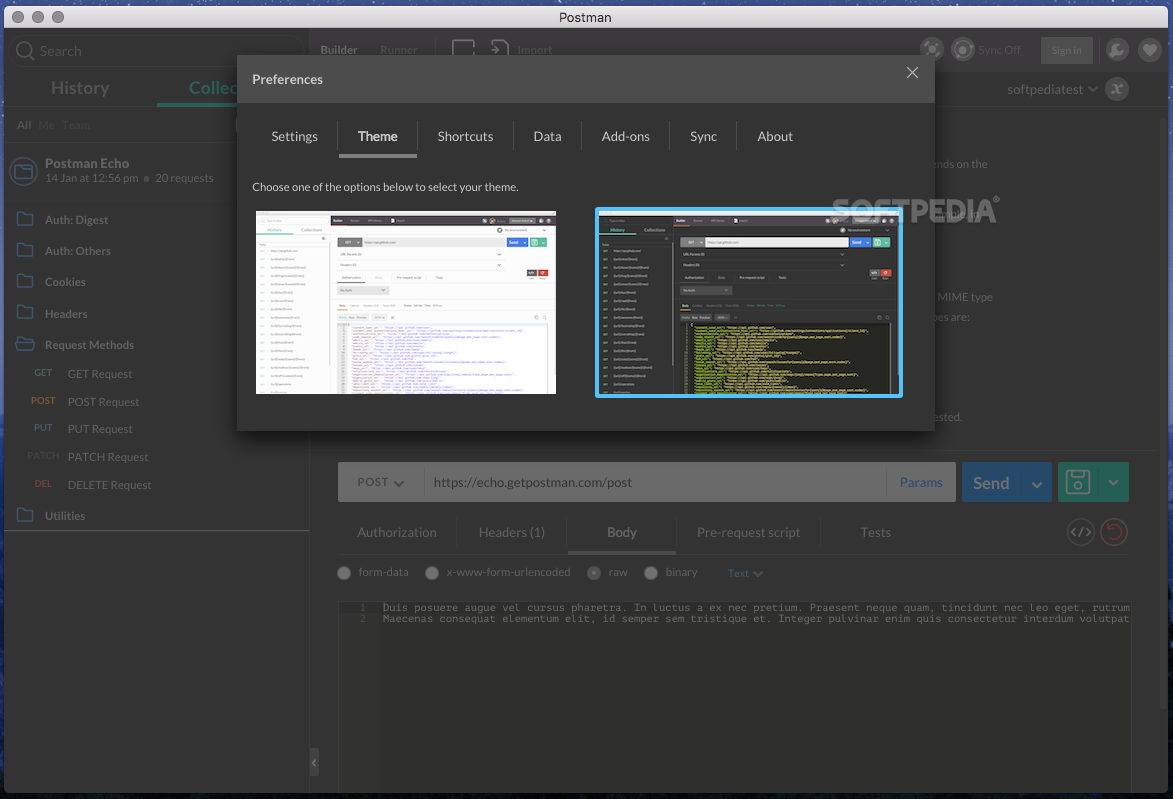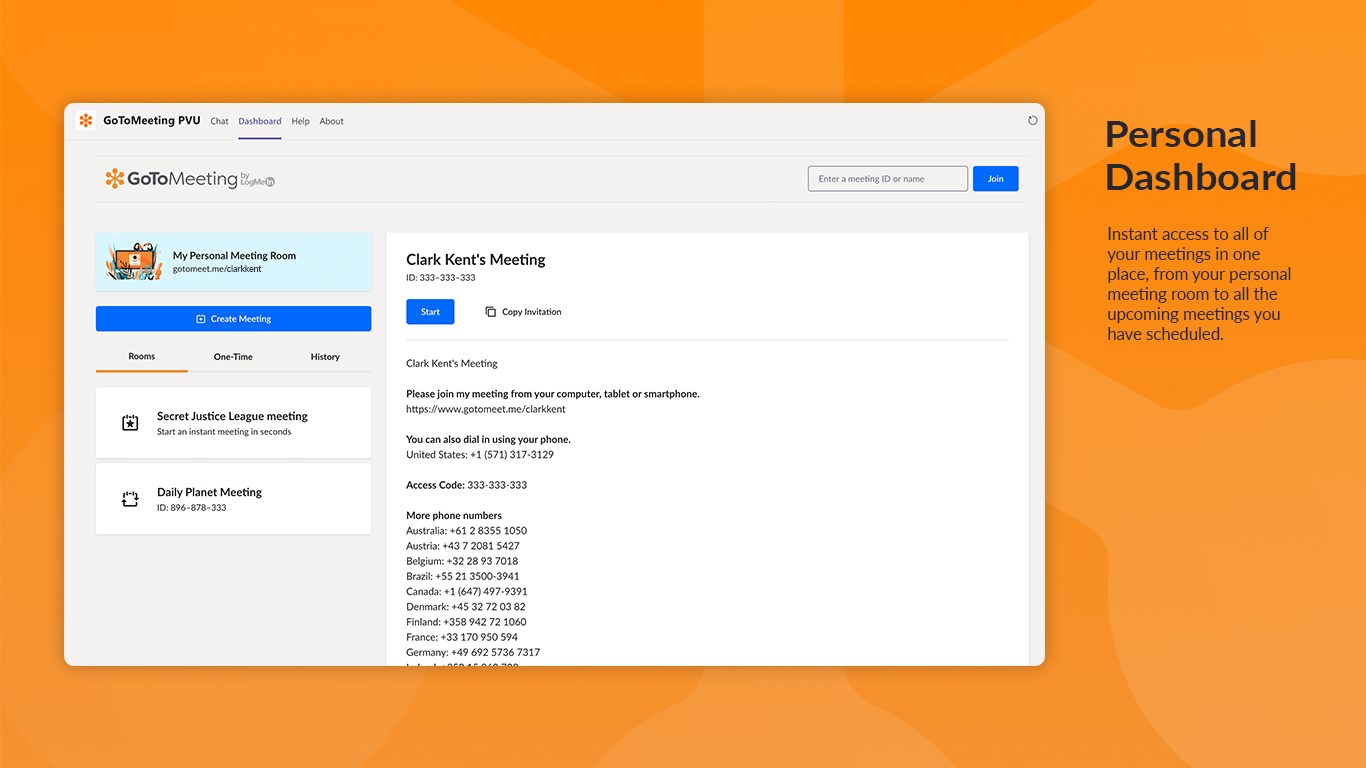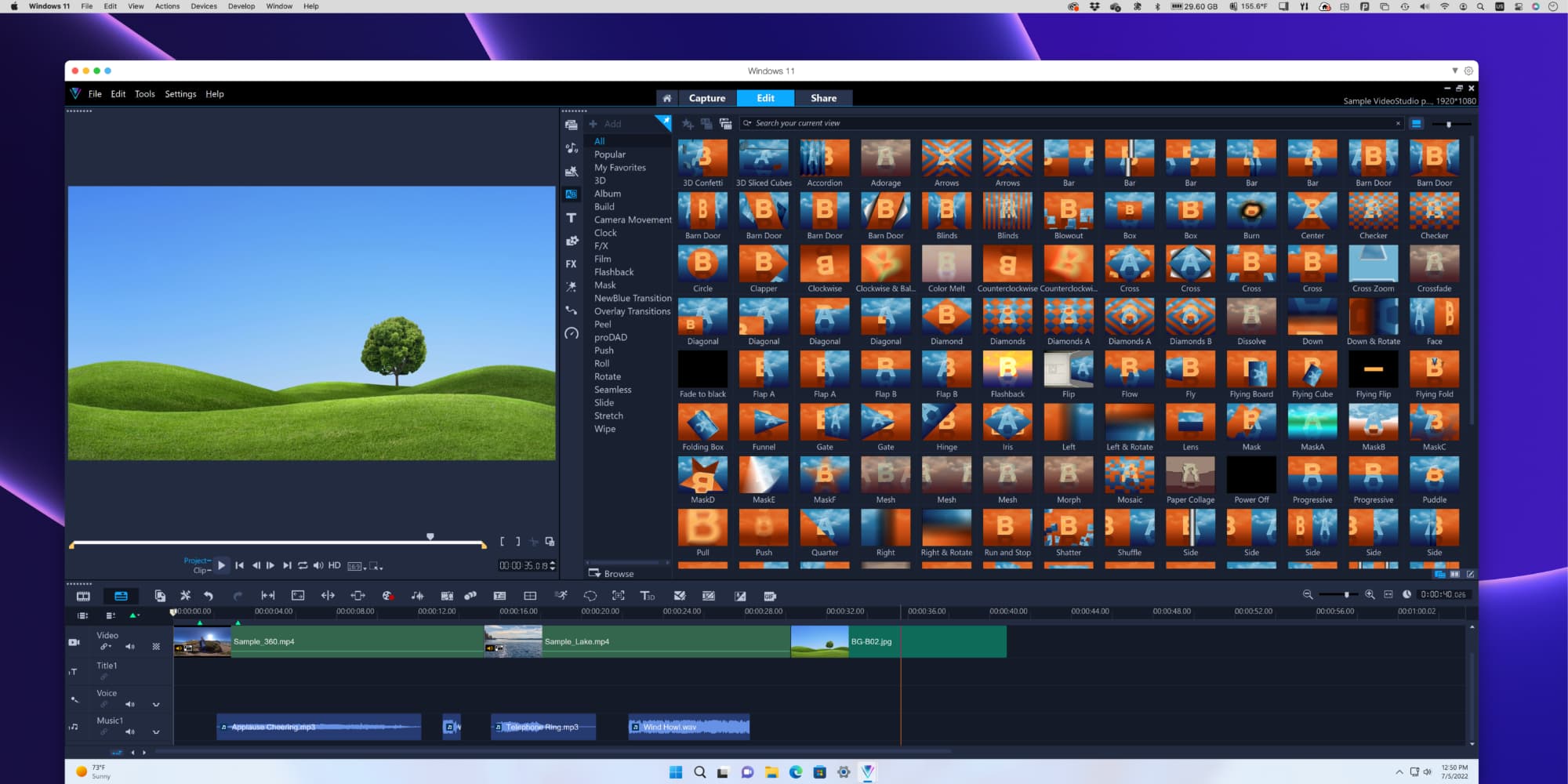
Once the process completes, you can run any Intel-compatible apps on Macs with M1, M1 Pro, and M1 Max chips.
#Install postman mac m1 install#
When the dialogue pops up, you just need to click the Install button and enter your username and password to start the installation. Different from installing other third-party applications from Mac App Store or websites, macOS will ask you if you want to install Rosetta on your Mac when you attempt to open an Intel app for the first time on an M1 Mac. On M1 Macs running macOS Big Sur and Monterey, the Rosetta 2 is not installed by default. Therefore, if running certain Intel-only applications on M1 Macs is what you need, you should install Rosetta on your Mac. It is similar to Rosetta 2, an emulator made by Apple, working to translate Intel applications on Apple Silicon Macs. Rosetta translated PowerPC applications to allow them to run on Intel-based Macs. The Postman agent overcomes the Cross Object Resource Sharing (CORS) limitations of browsers, and facilitates API request sending from your browser version of Postman. Apple released the first version of Rosetta during the transition from PowerPC processors to Intel processors. If you are using the Postman web client, you will need to also download the Postman desktop agent. and this is the output: Warning: No available formula or cask with the name 'python2'. In tutorial they are updating it to 2.7.17, so I try to do the same: > brew install python2. This is indeed the third time Apple switches the architecture of the processors applied on its Mac computers, beginning with the Motorola 68000, PowerPC, Intel chip, then the Apple Silicon. This is what terminal shows up when asking about python existing version: > python -version Python 2.7.16. During this transition period, Apple introduces Rosetta 2 for this dilemma. But it may take a long time before you can natively run the apps that are for Intel Macs on M1 Macs. This requires the application developers to update their software to run on newer hardware. X86) Then there comes the compatibility issue of the applications - the apps designed for Intel chips are not compatible with M1 Macs.

Intel and Apple chips apply different instruction set architectures, X86/X64 and ARM, respectively.

If macOS doesn't ask for installing RosettaĪpple made its big decision to transition from Intel-based Macs to its self-designed Apple Silicon Macs.
#Install postman mac m1 how to#
Reading this post, you will know how to install Rosetta 2 on M1 Mac.

But you may find that you can not run Intel apps on M1 Macs straightforwardly. With the first release of the Apple Silicon Mac in late 2020, Apple has embarked on the journey of the transition from Intel-based Macs to Macs embedded with self-designed chips including M1, M1 Pro, and M1 Max. Install Rosetta 2 on M1 Mac to Run Intel-only Apps


 0 kommentar(er)
0 kommentar(er)
